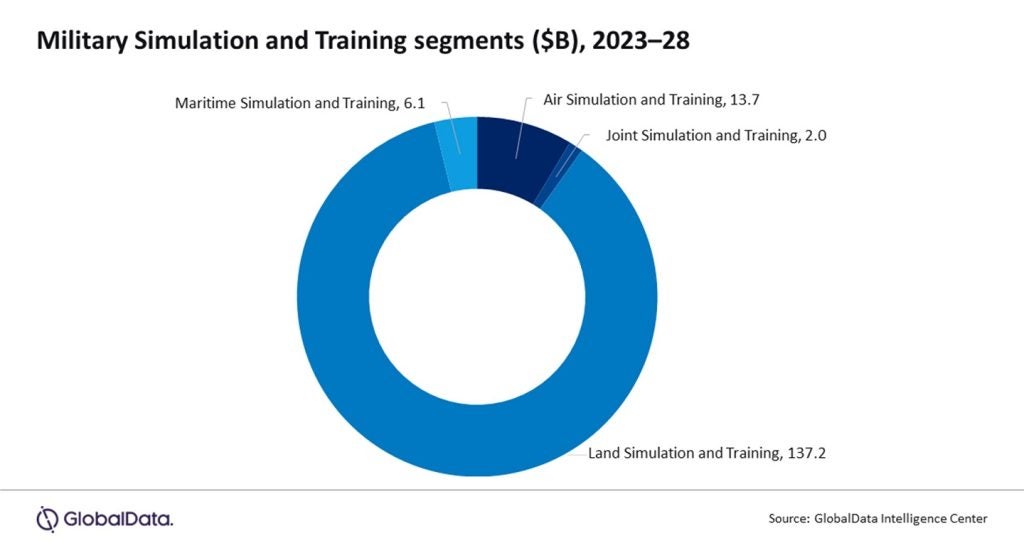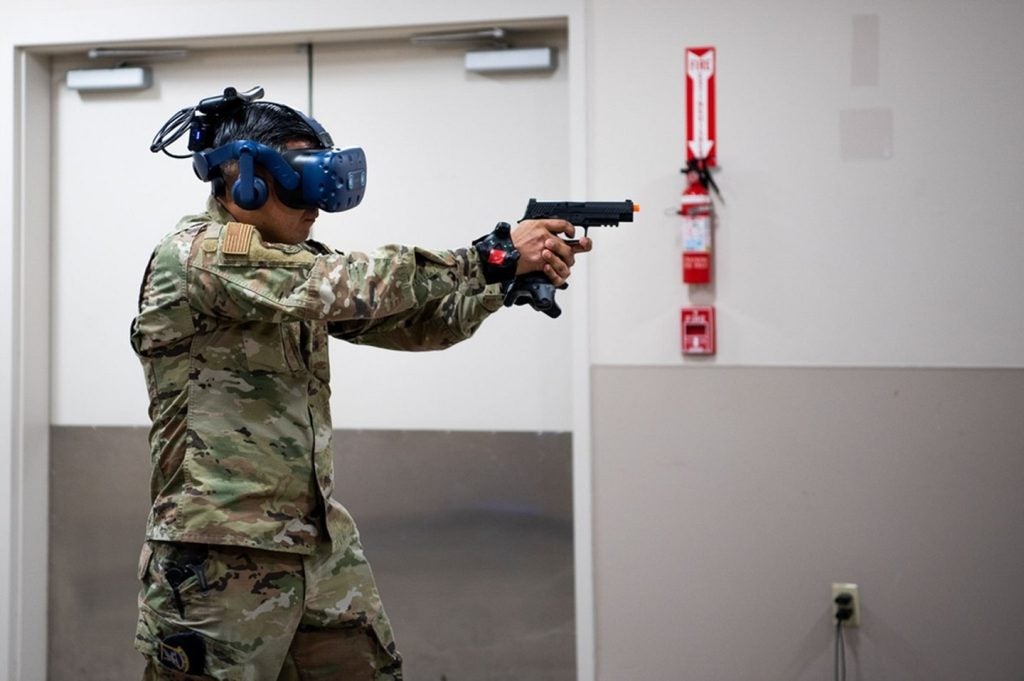As tensions rise globally, the United States intensifies efforts to bolster military readiness through investments in simulation and training, aiming to optimise preparedness against emerging threats.
The United States is gearing up for a surge in military simulation and training spending, with forecasts indicating an annual expenditure exceeding $26bn up to 2028. This initiative is driven by a commitment to enhance military readiness and response capabilities.
Contrary to the traditional focus on combat hardware, this investment emphasises the importance of personnel preparedness and adaptability in the face of evolving geopolitical challenges. The allocation of resources into training systems is a strategic move to navigate the complexities of modern warfare.
According to GlobalData's latest report, titled "United States (US) Defense Market Size, Trends, Budget Allocation, Regulations, Acquisitions, Competitive Landscape, and Forecast to 2028," the US military is directing funds towards optimising training systems across air, land, and sea domains. This investment, totaling an estimated $159bn between 2023 and 2028, highlights a shift towards holistic readiness enhancement.
Fox Walker, a defence analyst at GlobalData, emphasises the significance of this investment, stating, "Military simulation and training is the largest sector of the US defence market. The US plans to spend at least $26bn annually, highlighting the Department of Defense's commitment to building up combat readiness within the armed forces.
For example, programs such as the Synthetic Training Environment (STE), though costly, will vastly improve the way the US Army delivers training capabilities."

While a considerable portion of the budget—$137.2bn—is earmarked for land simulation and training, the geopolitical landscape necessitates a multifaceted approach. With escalating tensions in regions such as Eastern Europe and the Indo-Pacific, there is a growing imperative to fortify maritime capabilities to deter potential adversaries.
Walker points out the discrepancy in allocation, stating, "Considering the deterioration of US-China relations, it is perplexing that more money is not being spent on maritime simulation and training, given that most US responses to Chinese aggression in Taiwan would include a naval component."
The removal of OpenAI's ban on military AI usage further accentuates the potential for advancement in defence capabilities. Walker highlights the impact of AI, stating, "Whether it be the use of non-lethal technology, the development of military strategy, the auto-generation of virtual training environments, or simply the use of budgeting tools, there are many areas where AI can assist military leaders without causing harm to others or creating new weapons."
As the global security landscape continues to evolve, the United States remains steadfast in its commitment. By prioritising investments in simulation and training, the nation aims to equip its armed forces with the necessary tools to navigate an increasingly complex and unpredictable world.









